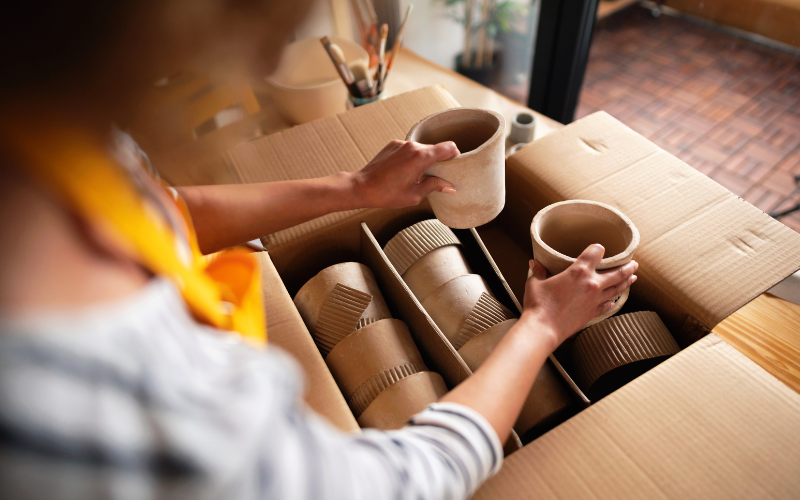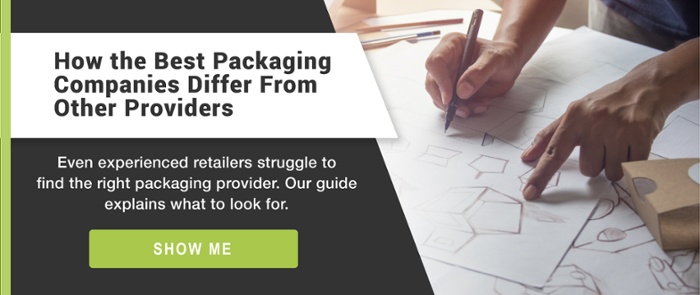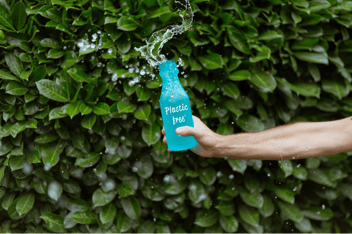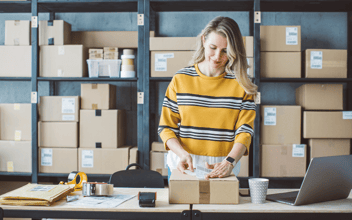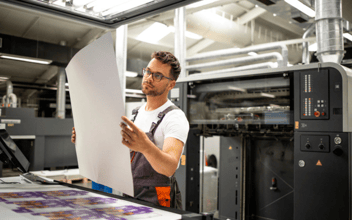Plastic Free Packaging: How to Sustainably Package Your Products
Our world has accumulated 8.3 billion metric tons of plastic since the 1950s.
The plastic pollution epidemic continues to shock us with alarming statistics every day. What’s worse, it’s estimated that only 9% of plastic gets recycled, and the rest ends up in landfills or leaches into the ocean.
Consumers are becoming increasingly conscious of these facts, looking for more ways to increase sustainability. As a business, you have the opportunity to position yourself as an innovative and mindful choice when it comes to your packaging.
The question is not only how can you offer sustainable choices, but how can you make these same options profitable for your business. Due largely to consumer demand, there are many environmentally friendly packaging options for you to choose from.
Why Does Plastic-Free Packaging Matter?
According to several studies, an increasing number of shoppers seek information about company values, manufacturing, and supply chain practices in search of sustainable options. More specifically, 68% of consumers plan to step up their efforts to choose brands that reduce environmental impact.
Consumers are more aware than ever of the growing climate crisis and understand that it’s up to each individual to be a part of the solution. Data reveals that US adults are significantly more concerned about the impact of plastics than before the COVID-19 pandemic, mainly due to social media and video streams framing the environment as a personal and emotional issue.
This way of personalizing the climate crisis motivates consumers to take immediate action, and packaging is an obvious choice everyone can make in their daily lives. Whether it’s bringing cloth bags to the grocery store or choosing products with plastic-free packaging, an increasing number of consumers are seeking out and remaining loyal to plastic-free brands.
Solutions for Plastic-Free Packaging
To satisfy your consumers’ ever-growing desire for sustainable products that avoid the use of plastic, consider the following solutions for plastic-free packaging.
Use Paper and Cardboard Packaging
These renewable materials are easy for consumers to recycle and for businesses to source. Using paper and cardboard packaging as the backbone of your offerings is a huge step in reducing or eliminating plastic waste. There are several options on the market to choose from.
Consumers often complain of non-recyclable and non-reusable packaging, which is a primary reason people prefer paper. Not only is it far more environmentally friendly than plastic, but research shows that an impressive 71% of consumers are more likely to purchase paper or cardboard packaging over plastic.
Consider trading plastic boxes, containers, tissue paper, gift bags, and packaging fillers for paper and cardboard packaging. Go the extra mile by offering packaging made from recycled paper and cardboard.
Avoid Plastic Tape and Stickers
Sturdy packaging usually requires tape, but regular tape leaves a significant environmental footprint. Standard packaging tape is coated in plastic, and the adhesive weakens paper and cardboard fibers, making recycling your non-plastic packaging difficult. Compostable stickers and tape are an excellent option for avoiding plastic waste while maintaining the decorative touch everyone loves.
Try Compostable Mailers Instead of Plastic Poly
Show your clients how much you care about eliminating plastic by swapping plastic poly mailers for compostable alternatives. Shipping mailers are an easy and affordable way to package, but most are made from non-recyclable soft plastics. Plant-based, compostable packaging is an excellent alternative that naturally breaks down within six months.
Use PET Substrates Instead of Plastic
Polyethylene terephthalate (PET) is the chemical name for polyester. It’s a durable, clear, and lightweight plastic that is fully recyclable. This unique plastic is approved for safety with foods and beverages and is commonly used for more eco-friendly packaging. Its natural structure takes up far less landfill space than other plastics and poses no risk of harm or leaching. PET is also a more energy-efficient packaging material when compared to glass or aluminum, and requires less fuel for transport due to its lightweight.
At GPP, we offer clam shells, molded blisters, clear folding cartons, high-end woven shopping bags, and other packaging products made from PET. Designs can incorporate non-printed and printed plastics, and we utilize easily foldable scores that are easily and quickly assembled.
Final Thoughts
Aside from an arguable moral obligation to lessen your packaging’s environmental impact, your business is guaranteed to grow as you position yourself as a company that uses eco-friendly packaging.
When you must resort to plastic packaging, take steps to lessen its negative impacts by using recyclable plastics (like PET), eliminating non-recyclable shrink wrap, or even offering refills on liquid products. Whatever your company’s size and budget, there are ways to walk hand in hand with your clients toward a more sustainable future.

